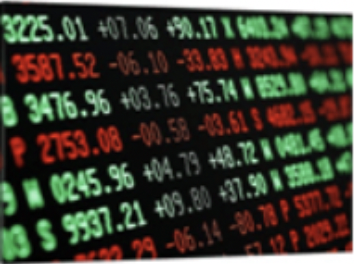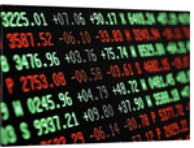Futures

Low Iron Ore Spot Prices Spark Surge in Futures
Written by Sandy Williams
October 7, 2014
The collapse of spot iron ore prices resulted in a surge in iron ore swaps, options and futures in September. Options hit the highest ever volume at 15.6 million tonnes followed by futures at 25 million tonnes according to TSI data. In total, over 62 million tonnes of futures and derivatives were cleared by exchanges outside of China in September. Regulatory pressure has driven the use of futures over use of swaps.
The peak derivatives trading was in July 2014 with 57 million tonnes cleared through the Singapore Exchange (SGX) and Mercantile Exchange Group (CME). Trading volumes decreased as spot prices for 62% Fe iro ore fines retreated in price to around US$90-100/dry metric tonne CFR Tianjin. As prices fell below US$90 at the end of August it triggered a fresh surge in trading as traders sought to protect themselves from losses.
Spot prices on iron ore continued to slip through September. Increased iron ore supply, resulting in lower prices, had Chinese mills ramping up steel production despite weak demand from the housing sector. Tight to negative margins prompted increased run-rates at Australian mines in efforts to improve cost basis, adding to the oversupply of ore.
As October 7, 2014, the price of Iron Ore Fines, CFR Tianjin Port was 62% Fe (US$/dry tonne) 80.0 and 58% Fe (US$/dry tonne) 71.5.
Chinese mills are seeing little relief in borrowing terms despite a cash infusion into the country’s banking system. Housing construction continues to struggle, dampening steel demand.
According to a recent TSI report, “Over 99% of all US$ denominated cleared iron ore derivative contracts are settled against the TSI benchmark 62% Fe iron ore price for fines delivered into Tianjin. This year has seen the successful iron ore contracts on SGX complemented with the launch of swaps and futures for ASEAN HRC imports and coking coal contracts for Australian exports and Chinese imports, all settled against TSI’s benchmark prices. The addition of the latter completes a “virtual” or “paper” steel mill, meaning that market participants are now able to manage risk across the whole steelmaking value chain in Asia.” (Source: TSI Market Watch, Oct 7, 2014)

Sandy Williams
Read more from Sandy WilliamsLatest in Futures

HR Futures: Financial players bullish on price, physical market participants not
We can interpret that managed money still has expectations of price strength while physical participants are running closer to a balance on a net basis.

HR Futures: Oil, Mideast tensions fail to move steel
After a hot start to June, the CME ferrous derivatives complex has cooled down.

HRC Futures: Could oil, ag price spikes drive steel higher too?
Could we see an abrupt shift now that oil prices have spiked higher? Will we see a rebound in the rig count? Will this create a snap-loading effect (think waterski rope), where the industry suddenly does a 180-degree turn? If so, will that bring with it increased demand for steel products used by the energy industry?

Flack: HR futures still on a wild ride
Never a dull moment in today's HR futures market.

Tariff announcement upends futures market
A fierce flat price rally started this week that saw the nearby months rally by over $120/ short tons, exceeding the contract highs seen in February ahead of the first batch of tariffs.
